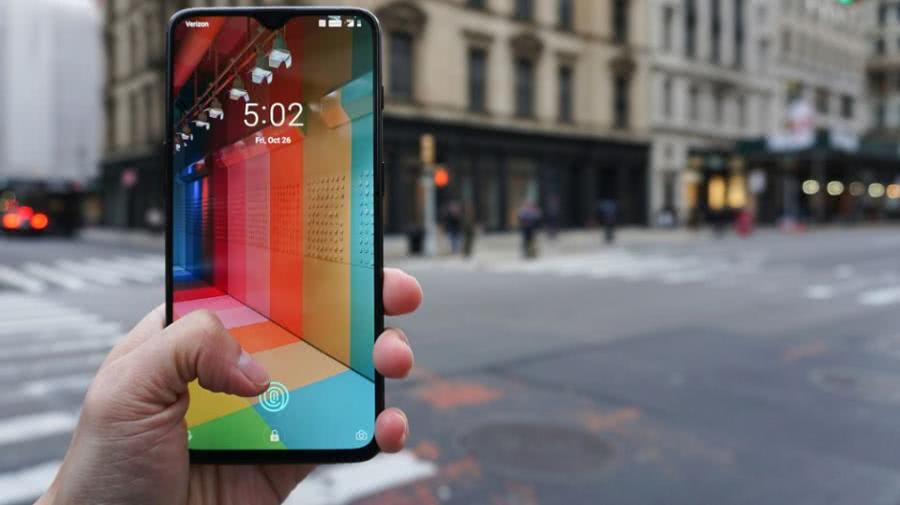POST
Fingerprint enrollment in Android

When we do fingerprint enrollment in an android device, it will generate a fingerprint template that contains the user’s fingerprint information in a specified directory (for example, /data/vendor_de/0/fpdata/user.db), which depends on the system configuration.
During the template is being generated, there is a series of APIs calling in the android system internally. Let’s have a look at this process.
Table of content
Android sets some standard APIs in HAL layer for fingerprint event handling. Refer to Android P source code at BiometricsFingerprint.h and BiometricsFingerprint.cpp.
The fingerprint APIs definition in Android BiometricsFingerprint.h.
Return<uint64_t> setNotify(const sp<IBiometricsFingerprintClientCallback>& clientCallback) override;
Return<uint64_t> preEnroll() override;
Return<RequestStatus> enroll(const hidl_array<uint8_t, 69>& hat, uint32_t gid, uint32_t timeoutSec) override;
Return<RequestStatus> postEnroll() override;
Return<uint64_t> getAuthenticatorId() override;
Return<RequestStatus> cancel() override;
Return<RequestStatus> enumerate() override;
Return<RequestStatus> remove(uint32_t gid, uint32_t fid) override;
Return<RequestStatus> setActiveGroup(uint32_t gid, const hidl_string& storePath) override;
Return<RequestStatus> authenticate(uint64_t operationId, uint32_t gid) override;preEnroll()
When a user starts to enroll the fingerprint, the method preEnroll() will be called firstly, the fingerprint IC vendor needs to override this method to complete the below task.
- generates and saves a 64-bit random number (challenge) in the fingerprint TA.
This random number has two uses:
- Return to the REE upper layer to fill in the authenticated token challenge in the enrollment.
- TA will use it to preliminarily verify the next enrollment to ensure that the enrollment has not been tampered with by a third party.
enroll()
If the preEnroll() is proper returned, enroll() will be following called.
Let’s see the definition of enroll().
int (*enroll)(struct fingerprint_device *dev, const hw_auth_token_t *hat,
uint32_t gid, uint32_t timeout_sec);parameters:
- hw_auth_token_t: this struct encloses the tokens of enrollment.
/**
* Data format for an authentication record used to prove successful authentication.
*/
typedef struct __attribute__((__packed__))
{
uint8_t version; // Current version is 0
uint64_t challenge;
uint64_t user_id; // secure user ID, not Android user ID
uint64_t authenticator_id; // secure authenticator ID
uint32_t authenticator_type; // hw_authenticator_type_t, in network order
uint64_t timestamp; // in network order
uint8_t hmac[32];
} hw_auth_token_t;version: version number of this token.
challenge: it is the 64 bit random number to which preenroll was previously called to prevent the enroll from being counterfeited by a third party this time.
user_id: Security ID, not Android user ID.
authenticator_id: used to indicate different authentication permissions.Normally it indicates the fingerprint database ID.
authenticator_type: 0x00 for gatekeeper, 0x01 for fingerprint.
timestamp: last boot time stamp.
hmac: a special key and SHA-256 algorithm are used to calculate the previous batch of parameters, and a HMAC value is obtained to ensure the legitimacy and security of the previous parameters.
- gid: Indicate which user enroll fingerprint (Android supports multiple users). The gid is used to set the store path of the fingerprint template on REE side.
- timeout_sec: timeout /second.
The upper layer calls enroll() method and passes the parameters to fingerprint TA, fingerprint TA receives the token and authorizes the token. There will be some works.
- check if the received token->challenge same as the previous preEnroll phase challenge.
- check if the token version is the same.
- check if authenticator_type is the same.
- retrieve the data of hw_auth_token_t struct and calculate the HMAC, check if the calculated value is the same as the original.
Once the token is authorized then the fingerprint TA switches the fingerprint sensor status to ready for enrollment and the fingerprint sensor will wait for the finger-down event.
If the fingerprint sensor detects the finger down occurs, it will trigger the interrupt to inform the fingerprint TA to capture the image. Fingerprint TA will capture the image and do verification to check if the image is qualified. Uses on_acquired() callback method to notify the REE upper layer of the result. If the image is not good, it will repeat the image capture for a pre-setted time. If the image is qualified, then fingerprint TA will start the enrollment in ALGO and call on_enroll_result() to notify the upper layer of the remained sample times. Waiting for the finger up and do the next round of image capture. This loop will be repeated until the required count of images is achieved.
postEnroll()
Once the enroll() is returned, postEnroll() will be called to finish one-time enrollment process.
the work of postEnroll() is to update the challenge of TA.
The simplest diagram of the whole enrollment process is
enrollment APIs calling.
preEnroll()->enroll()->preEnroll()enroll() execute flow.
enroll()->authorize token->wait_for_finger_down->capture_image->algo_enroll->notify->repeat->remain sample times?->update_template->end_ernoll